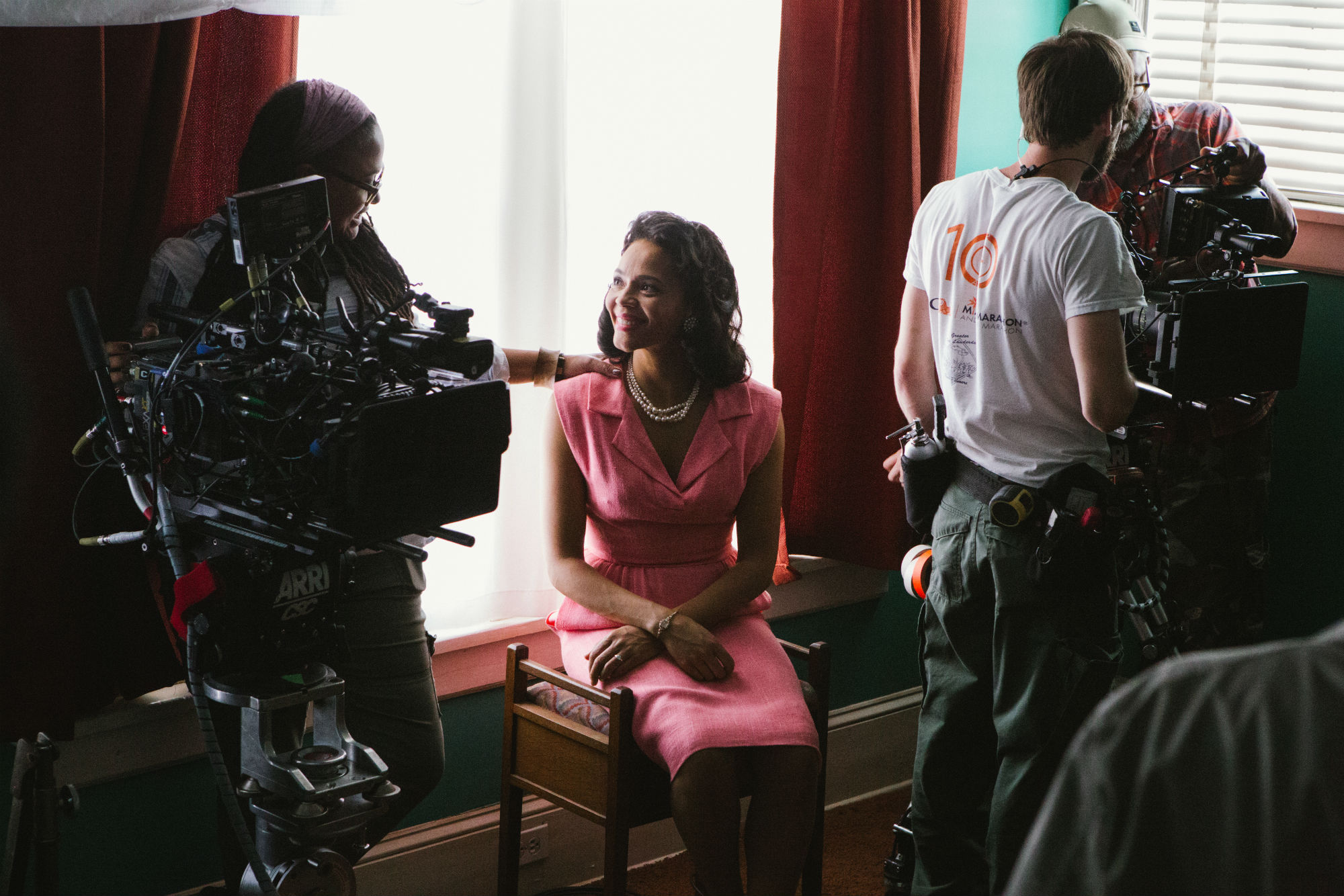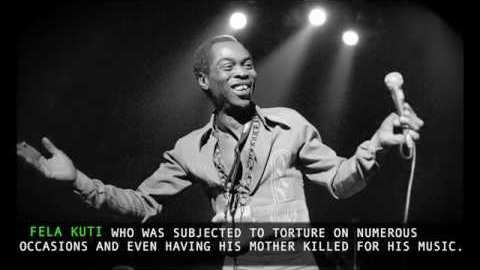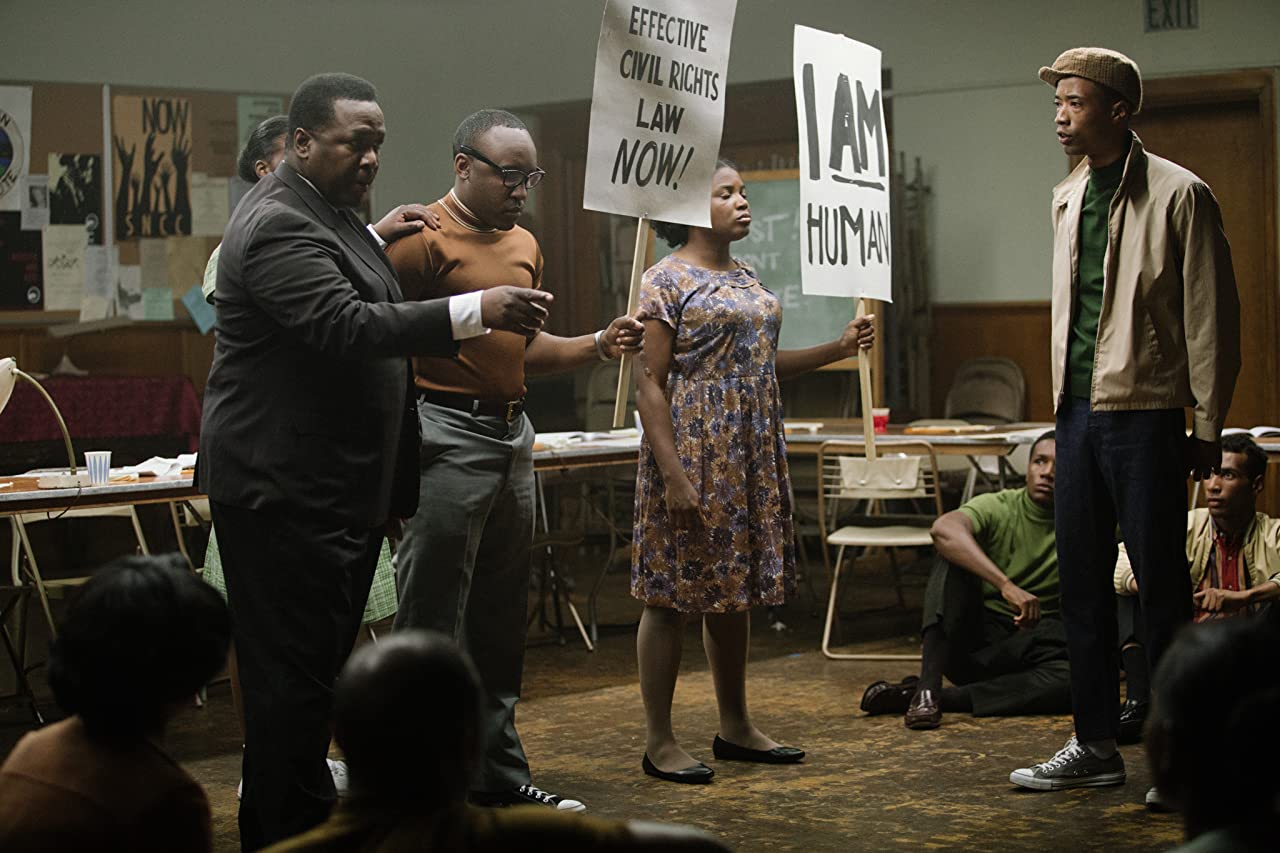The Art of Persuasion
– Diego Rivera
The Art of Persuasion
Key themes
Resistance and Persuasion
Objectives
- Learn how persuasion impacts the behaviors and actions of others.
- Identify and differentiate between persuasion modes (i.e. logos, pathos, ethos).
- Understand the utility of protest tactics including songs, paintings and other art forms as tools for protest.
There are two activities in this lesson.
Key themes
Resistance and Persuasion
Objectives
- Learn how persuasion impacts the behaviors and actions of others.
- Identify and differentiate between persuasion modes (i.e. logos, pathos, ethos).
- Understand the utility of protest tactics including songs, paintings and other art forms as tools for protest.
There are two activities in this lesson.

LESSON TWO
Introduction
LESSON TWO
Activity I.
Understanding modes of persuasion
Play Part I of The Art of Persuasion (see video below). Review the meaning of logos, pathos and ethos. During the paused portion of the lesson, participants will discuss the prompt provided on the video. The facilitator will guide participants to support their responses and identify which modes of persuasion are being used in their decision-making. Answers will vary.
Play Part II of the video (see video below). Participants will reflect upon their previous discussion as possible answers are given. Afterward, students will be shown a scene from SELMA. In the scene, actors portraying President Lyndon B. Johnson and/or Dr. King use various modes of persuasion (i.e. ethos, logos and pathos) to convince an audience to change an attitude or behavior.
Play Part I of The Art of Persuasion (see video below). Review the meaning of logos, pathos and ethos. During the paused portion of the lesson, participants will discuss the prompt provided on the video. The facilitator will guide participants to support their responses and identify which modes of persuasion are being used in their decision-making. Answers will vary.
Play Part II (Starting at 1:47) of the video. Participants will reflect upon their previous discussion as possible answers are given. Afterward, students will be shown a scene from SELMA. In the scene, actors portraying President Lyndon B. Johnson and/or Dr. King use various modes of persuasion (i.e. ethos, logos and pathos) to convince an audience to change an attitude or behavior.
Vocabulary Cards: Flip (hover) to see the definition of the vocabulary words for this activity
Vocabulary Cards: Flip to see the definition of the vocabulary words for this activity
Discussion Questions
- What claims are being made?
- Which modes of persuasion are being used to support these claims?
LESSON TWO
Activity II.
Identify and Analyze Protest Art
Procedure
Work individually or as a group to find one piece of protest art that successfully supported a movement. Use the “Suggested Works” list below for inspiration. Create a short presentation, individually or as a group, showcasing how the artwork is calling for social change.
Suggested Works
Key things to include in your analysis
- “Slogans” or short repeated phrases related to the key issue
- Call to action
- Storytelling
- Tone
- Delivery
- Historical references
- Speaker & audience
- Wordplay
- Images, symbols that indicate the intent of the poster
- Slogans
- Call to action
- Audience, speaker if applicable
- Wordplay
- Tone
- Current or historical references
Suggested Works
Songs
Posters
Key things to include in your analysis
Songs / Poems
- “Slogans” or short repeated phrases related to the key issue
- Call to action
- Storytelling
- Tone
- Delivery
- Historical references
- Speaker & audience
- Wordplay
Posters / Visual Art
- Images, symbols that indicate the intent of the poster
- Slogans
- Call to action
- Audience, speaker if applicable
- Wordplay
- Tone
- Current or historical references
Questions the Presentation Should Answer
- How effectively does the artist communicate the issue at hand, and what do they offer as a way to combat this issue?
- How does the delivery of the message impact the way it is received? Is the tone somber, angry, hopeful, optimistic, etc.?
- How does the artist utilize the specific art form to best communicate their message? What freedoms or limitations come with the medium the artist is using?
- Does the artist directly indicate a target audience? If not, who do you infer the artist is speaking to and why?
- Does the artist explicitly tell the audience to take action? If not, what do you infer the artist wants to persuade their audience to do?
- What is the obligation of artists to reflect the social and political challenges of the larger culture in their work? Does this change in times of chaos or disorder? Why or why not?
- Is SELMA a form of protest art even though it recounts events from the past? Use evidence from the film to support your opinions.






